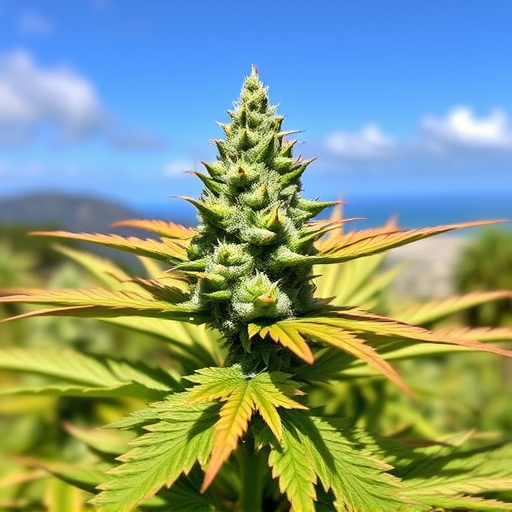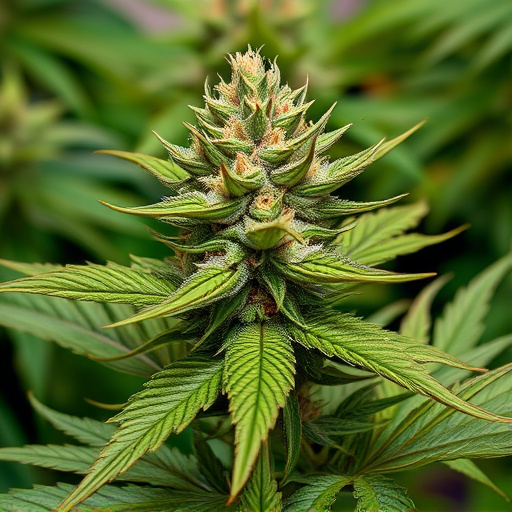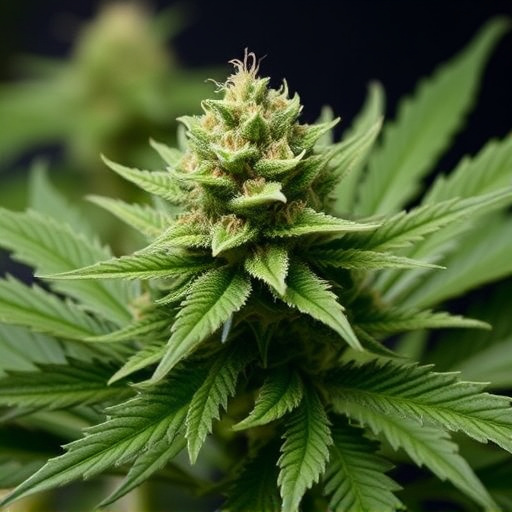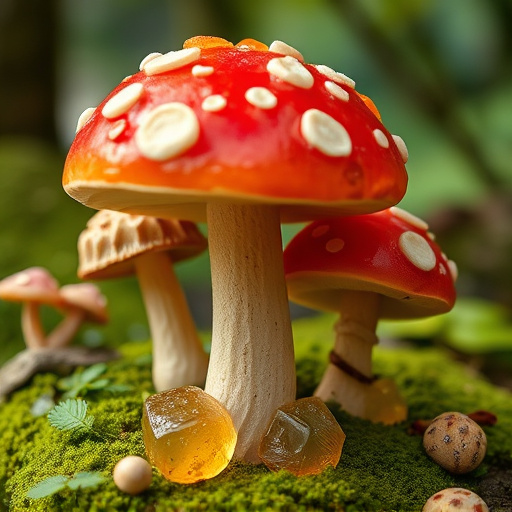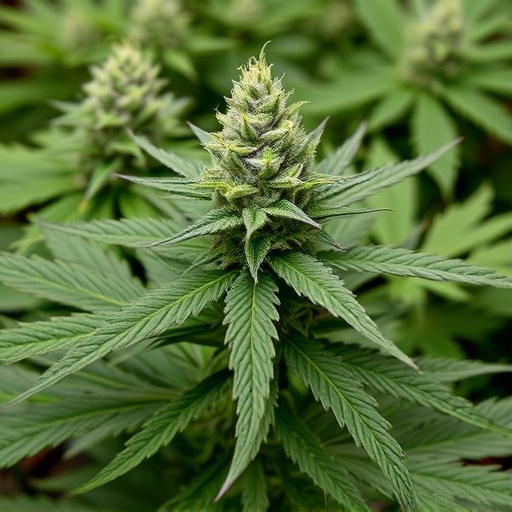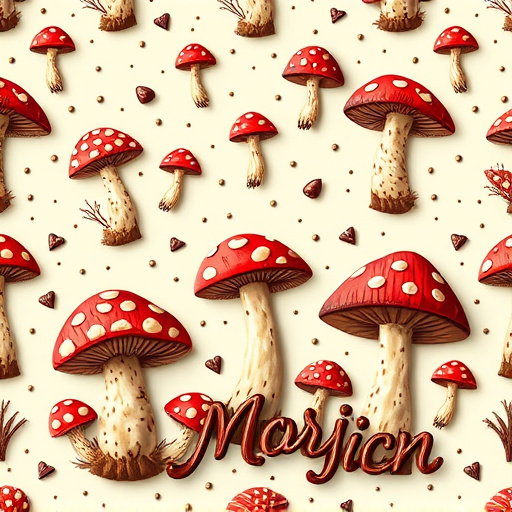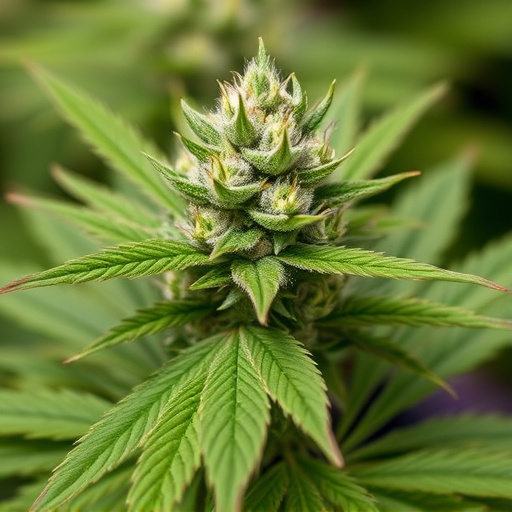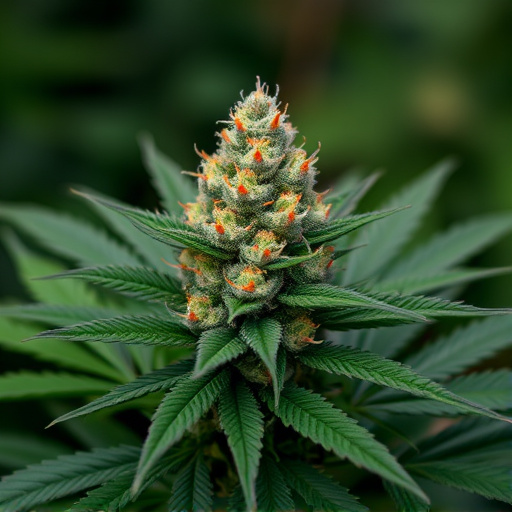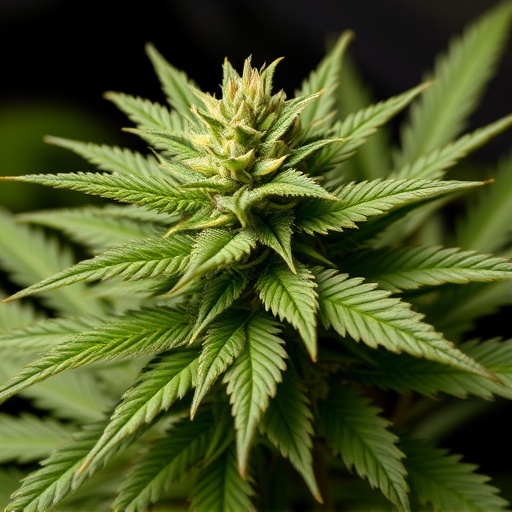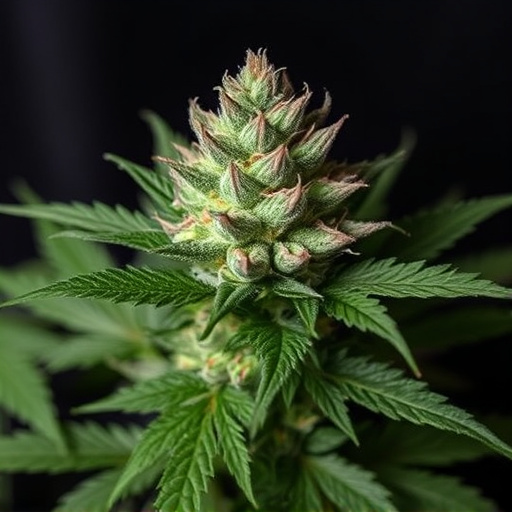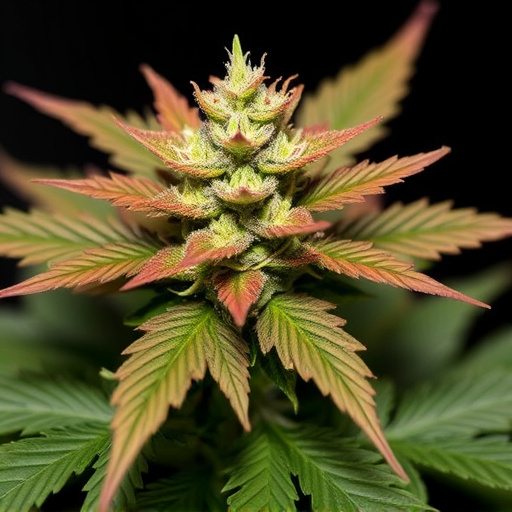The curing process enhances dry cannabis' therapeutic properties for chronic pain relief, with Indica strains like Granddaddy Purple and Charlotte's Web being top choices due to their high CBD and low THC content. Rehydration is key to unlocking these benefits, as it increases the bioavailability of essential oils, terpenes, and cannabinoids. This simple method, involving submerging dry flower in distilled water for 24-48 hours, enhances pain management without intense psychoactivity.
“Unleash the full potential of your dry cannabis flower and experience enhanced pain relief with our comprehensive guide. Understanding the unique properties of dried cannabis is key, especially its impact on managing chronic pain. Learn how proper rehydration techniques can revolutionize your wellness routine.
Discover the best cannabis strains known for their pain-relieving effects and master a step-by-step process to rehydrate your herbs. Say goodbye to discomfort and embrace a natural approach to healing.”
- Understanding Dry Cannabis Flower and Its Effects on Pain Relief
- The Role of Proper Rehydration in Enhancing Cannabis Efficacy for Pain Management
- Step-by-Step Guide to Rehydrating Dry Cannabis Flower for Optimal Pain Relief Results
Understanding Dry Cannabis Flower and Its Effects on Pain Relief
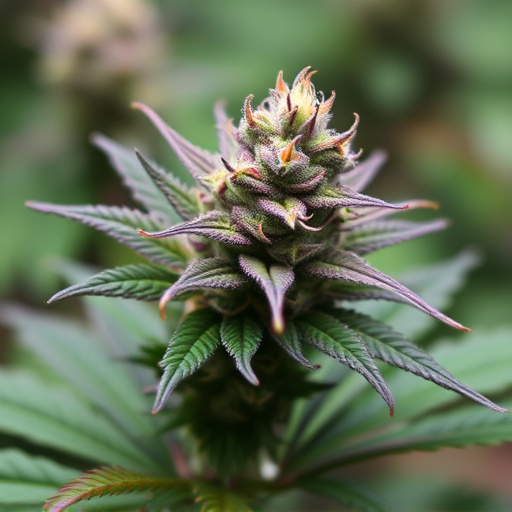
Dry cannabis flower, often referred to as bud or herb, undergoes a curing process after harvesting to preserve its potent compounds and aromas. This carefully controlled dehydration helps to concentrate cannabinoids like THC and CBD, which are responsible for providing various therapeutic effects, including pain relief. Understanding how dry cannabis flower interacts with the body is crucial when seeking natural remedies for managing chronic pain.
Among the best cannabis strains for pain, Indica varieties typically stand out due to their high CBD and low THC content, creating a more relaxing and sedative experience. Strains like Granddaddy Purple, Blue Dream, and Charlotte’s Web are renowned for alleviating muscle spasms, reducing inflammation, and inducing a sense of calm, making them popular choices for individuals seeking pain management solutions through cannabis.
The Role of Proper Rehydration in Enhancing Cannabis Efficacy for Pain Management
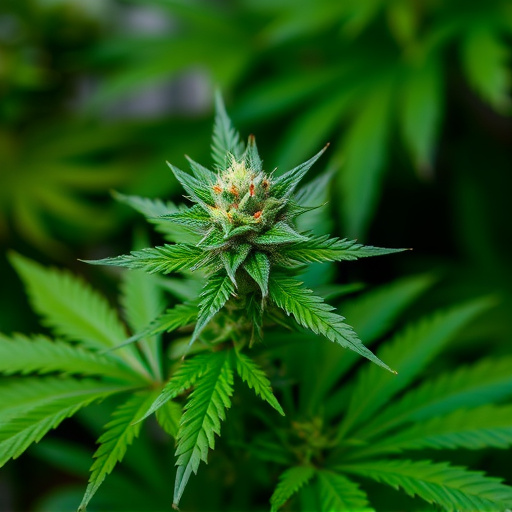
Proper rehydration plays a crucial role in enhancing the efficacy of cannabis for pain management. When dry cannabis flower is exposed to air, it loses moisture and potency over time. Rehydrating the flower reverses this process, reactivating its therapeutic compounds and improving its overall effectiveness. This is particularly beneficial for those seeking relief from chronic pain, as the best cannabis strains for pain often deliver more potent results when properly rehydrated.
By reintroducing water into the cannabis petals, essential oils, terpenes, and cannabinoids become more bioavailable. This allows for a stronger interaction with the body’s endocannabinoid system, which is responsible for regulating pain perception. As a result, rehydrated cannabis can provide targeted relief, making it a game-changer for individuals managing persistent discomfort.
Step-by-Step Guide to Rehydrating Dry Cannabis Flower for Optimal Pain Relief Results
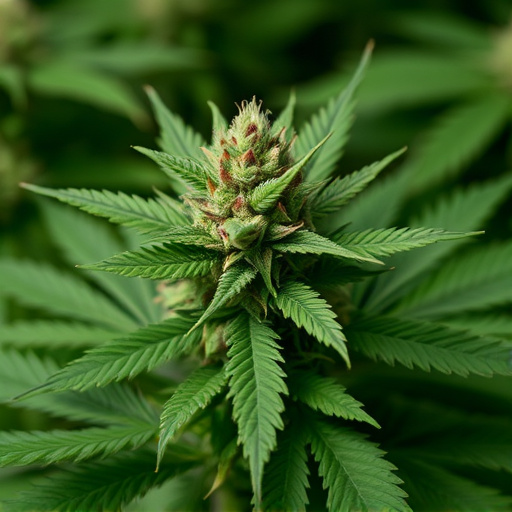
Rehydrating dry cannabis flower is a simple process that can significantly enhance its effectiveness for pain relief. Start by selecting the best cannabis strains for pain, known for their high CBD content and low THC levels, to ensure a calming and soothing experience without any intense psychoactive effects. These strains often include options like Granddaddy Purple, Charlotte’s Web, or Ava.
Next, prepare a sterile solution using distilled water at room temperature (around 70°F). Gently place the dry cannabis flower into the water, ensuring it is fully submerged. Allow the flower to rehydrate for approximately 24-48 hours in a cool, dark location. During this time, the cannabis will absorb moisture, restoring its optimal structure and bioavailability of its therapeutic compounds. Avoid using tap water as it may introduce unnecessary chemicals into your product. After rehydration, carefully remove the flower from the water, allowing excess liquid to drip off before decarboxylation or further preparation for consumption.
Rehydrating dry cannabis flower is a simple yet effective method to enhance its efficacy for pain management. By understanding the specific needs of dry cannabis and following a straightforward step-by-step guide, you can unlock the full potential of this natural remedy. Incorporating properly rehydrated cannabis into your routine may provide significant relief, especially when paired with knowledge about the best cannabis strains for pain. Remember, optimal results come from both quality ingredients and meticulous preparation.


